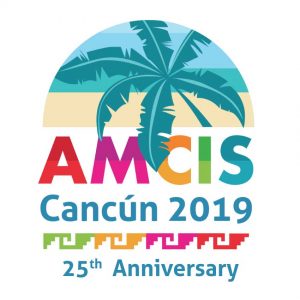Abstract
A recent survey (VersionOne Inc. 2018) shows that the vast majority of organizations have some agile development teams. The agile approach emphasizes rapid value creation with low ceremonies with minimal documents (Cho 2008; Ji and Sedano 2011). That is, systems know-how is retained mostly as tacit knowledge. However, embedded in individuals and their relationships (Madhavan and Grover 1998), tacit knowledge is susceptible to knowledge loss and knowledge hoarding (Ersoy and Mahdy 2015). It is often limited within the scope of teams (Kasauli et al. 2017), and employee turnover may disrupt its sharing (Droege and Hoobler 2003). These issues create the systems knowledge gaps between what is required and what is available throughout systems lifecycle. Documentation is a critical part of IT projects and must be adequate even in their early stages (Shafiee et al. 2017). This study empirically investigates the theoretical and practical issues of systems documentation with the agile approach. Our research questions are two folds. First, what types of systems documentation are currently produced in the lifecycle of information systems (IS) with the agile approach? Second, how should systems documents be created and maintained to minimize the systems knowledge gap? We posit that this depends on the stability of systems designs and the abstraction level of systems knowledge. We will report preliminary findings of qualitative (interviews) and quantitative (a survey questionnaire) field studies.
Recommended Citation
Nakayama, Makoto and Kinnett, Seth, "Knowledge Gaps with the Agile Approach" (2019). AMCIS 2019 Proceedings. 15.
https://aisel.aisnet.org/amcis2019/treo/treos/15
Knowledge Gaps with the Agile Approach
A recent survey (VersionOne Inc. 2018) shows that the vast majority of organizations have some agile development teams. The agile approach emphasizes rapid value creation with low ceremonies with minimal documents (Cho 2008; Ji and Sedano 2011). That is, systems know-how is retained mostly as tacit knowledge. However, embedded in individuals and their relationships (Madhavan and Grover 1998), tacit knowledge is susceptible to knowledge loss and knowledge hoarding (Ersoy and Mahdy 2015). It is often limited within the scope of teams (Kasauli et al. 2017), and employee turnover may disrupt its sharing (Droege and Hoobler 2003). These issues create the systems knowledge gaps between what is required and what is available throughout systems lifecycle. Documentation is a critical part of IT projects and must be adequate even in their early stages (Shafiee et al. 2017). This study empirically investigates the theoretical and practical issues of systems documentation with the agile approach. Our research questions are two folds. First, what types of systems documentation are currently produced in the lifecycle of information systems (IS) with the agile approach? Second, how should systems documents be created and maintained to minimize the systems knowledge gap? We posit that this depends on the stability of systems designs and the abstraction level of systems knowledge. We will report preliminary findings of qualitative (interviews) and quantitative (a survey questionnaire) field studies.


